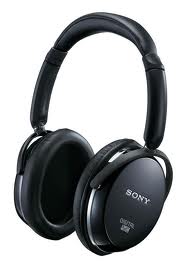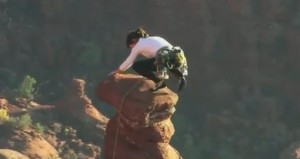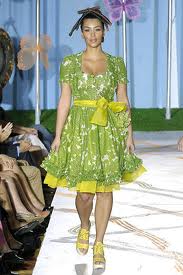Noise cancelling.
 When I was a stupid kid, I had a nice office on the 14th floor overlooking Park Avenue South in NYC. Today, I know $200,000 a year executives who work in cubes on Lex and 47th. Ten feet from their admins. I know kids tell you they can listen to music and do their math homework, but sometimes work just needs to be quiet. Quiet outbound and quiet inbound. That’s why God, Allah, Krishna or whomever invented noise cancelling headphones. A new way of doing business. A new solution.
When I was a stupid kid, I had a nice office on the 14th floor overlooking Park Avenue South in NYC. Today, I know $200,000 a year executives who work in cubes on Lex and 47th. Ten feet from their admins. I know kids tell you they can listen to music and do their math homework, but sometimes work just needs to be quiet. Quiet outbound and quiet inbound. That’s why God, Allah, Krishna or whomever invented noise cancelling headphones. A new way of doing business. A new solution.
We must continue to adapt, as we have with the cube vs. real estate cost scenario, though one thing is for certain: noise will never leave us. It’s a constant. Many marketing bloggers, digital execs and analytic software salespeople love to talk about noise. Me too. Brand planning is a noise canceller. It provides the harmony a consumer hears that is memorable. Like a good hook in a song, the selling ideas in a brand plan are ordered, complete, fulfilling and replicable.
Hey marketers, hey c-levels, ask yourselves “What idea do you have that cuts through the noise?” Unless you have a good brand idea and brand plan, you are the noise. Hee hee. Peace.




